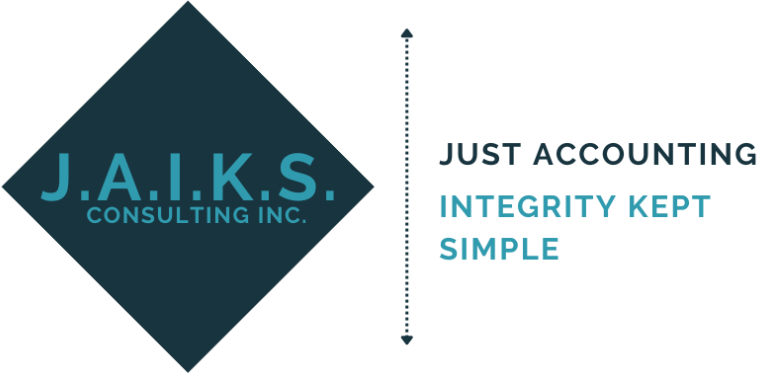J.A.I.K.S. BLOG
Welcome to J.A.I.K.S. Blog, a place where we will provide you with a variety of resources on accounting, taxation and other related subjects suited for both individuals and/or their businesses.
We hope you can find the answers to your questions and/or curiosities, and always know we are here to help if you need more.
Follow us on Facebook or find us on LinkedIn - we are always eager to give you more!
Disclaimer:
The content provided in this blog is for general informational purposes only and is not intended as professional accounting, tax, or financial advice. While efforts are made to ensure the accuracy and timeliness of the content, errors or omissions may occur. The content does not constitute a client-advisor relationship. Readers should consult with a Chartered Professional Accountants or other financial professional for advice tailored to their specific needs. We are not liable for any actions one might take based on the information provided in this blog.
An RRSP as a Tax-Planning Tool - Good Idea
An RRSP is more than simply an account for retirement savings. Yes, it’s a must-have when saving for retirement, but the Registered Retirement Savings Plan (RRSP) is an effective tax-planning tool.
The main feature of an RRSP is that any growth, like interest or dividends, is exempt from income tax as long as you keep the funds in the plan. A further advantage is that contributions turn into tax deductions, which can reduce your tax burden in the year you contribute.
How much should I contribute to my RRSP?
Your contribution depends on your income and personal financial conditions. People in a lower tax bracket will pay a low tax rate, so an RRSP might not be a good option for you. On the other hand, if your current tax bracket is going to be higher than you expect it to be when you retire, contributing makes sense. Making the maximum contribution of 18% in a middle-to-significant income bracket scenario will allow you to receive the largest tax refund possible.
What about using a TFSA?
It might make sense to save in a Tax-Free Savings Account (TFSA) if your income and tax rate are low, as the income tax savings in the RRSP may be negligible. You will miss out on the benefit of the RRSP tax deduction, but your savings will still get to grow tax-free.
Another smart move would be to put your RRSP tax refund and any extra money you have available into a TFSA as your investment returns grow tax-free.
A TFSA is more flexible than an RRSP. In 2023 you can deposit up to $6,500 into a TFSA, and you won’t pay tax when you withdraw funds. It could be useful if you need money for an emergency, as taking it out of the TFSA would not trigger a tax bill where an RRSP would.
You must check your TFSA available limit before depositing funds into the account, as over-contributing will result in high taxation and possible penalties.
How does a spousal RRSP work?
This option is an option for high-income Canadians. The higher-earning spouse would contribute and receive a tax deduction even though the account is in the lower-income earner’s name. The result would be two smaller incomes instead of one big one when the funds are paid out in retirement.
How do you start maximizing your RRSP tax deductions?
You can contact us, or work with your tax preparer to get going. They can help build a strategy that maximizes your RRSP deduction in conjunction with your TFSA options.


Comments